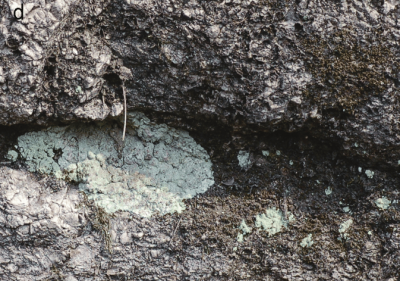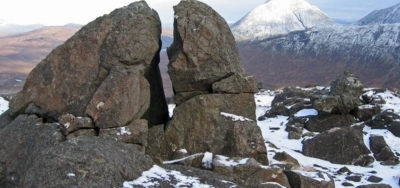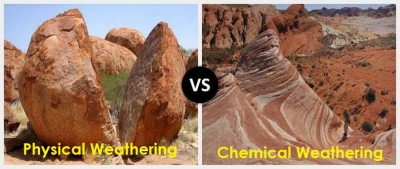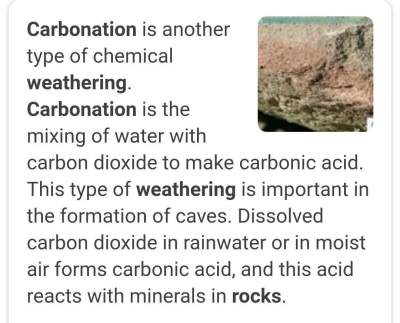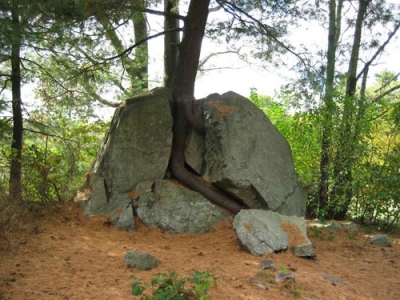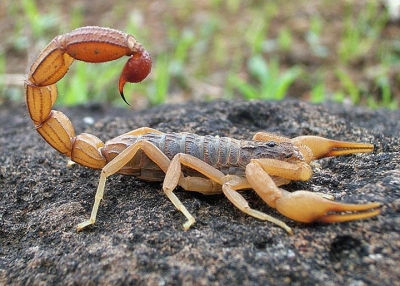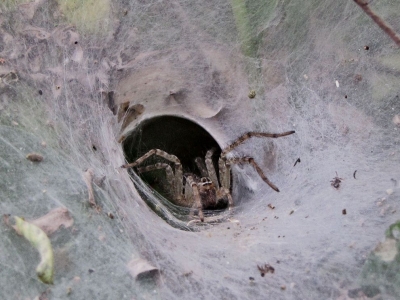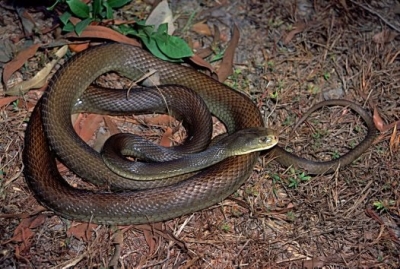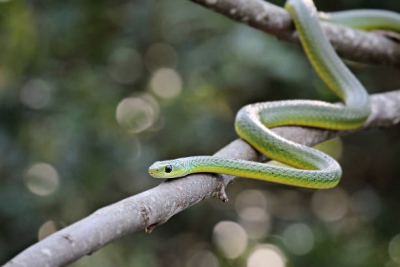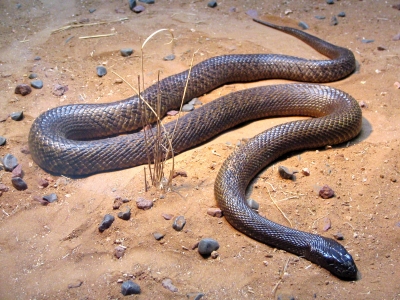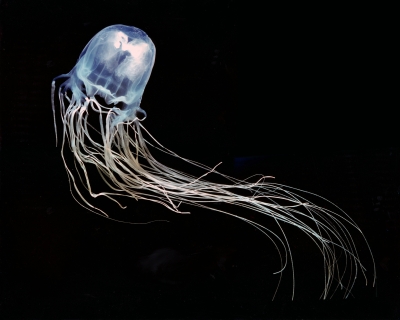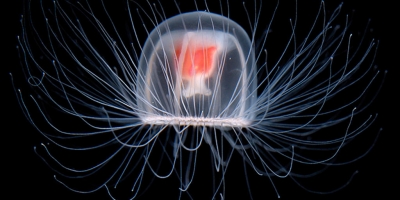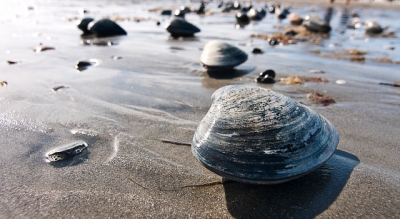WHAT IS BIOLOGICAL WEATHERING?
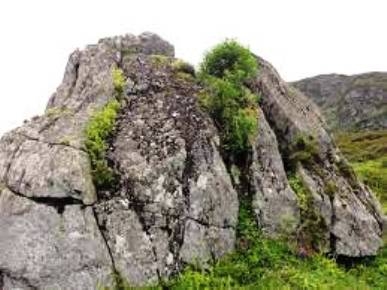
|
When lichen and moss growing on a rock create an environment that causes rocks to break down both physically and chemically. |
Biological weathering also means organic weathering. It is the disintegration of rocks as a result of the action by living organisms. Plant and animals have a significant effect on the rocks as they penetrate or burrow into the soil respectively. Biological weathering can work hand in hand with physical weathering by weakening rock or exposing it to the forces of physical or chemical weathering.
For instance, some plants and trees grow within the fractures in the rock formation. As they penetrate into the soil, and their roots get bigger, they exert pressure on rocks and make the cracks wider and deeper that weaken and eventually disintegrate the rocks. Microscopic organisms can also produce organic chemicals that can contribute to the rock’s mineral weathering.
Biological weathering is a very common type of weathering that we see around us. There are many small animals that bore hole in the rock and live inside it. Over the time, they burrow and widen cracks and end up breaking rocks apart. Then there are bacteria, algae and lichens produce chemicals that help break down the rock on which they survive, so they can get the nutrients they need. They produce weak acids which convert some of the minerals to clay. We, humans, are also responsible for biological weathering. As we construct more homes, industries, dams, power plants, roads, we rip the rocks apart.
Credit: Earth Eclipse
Picture Credit : Google
